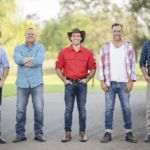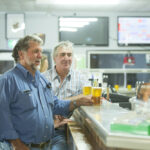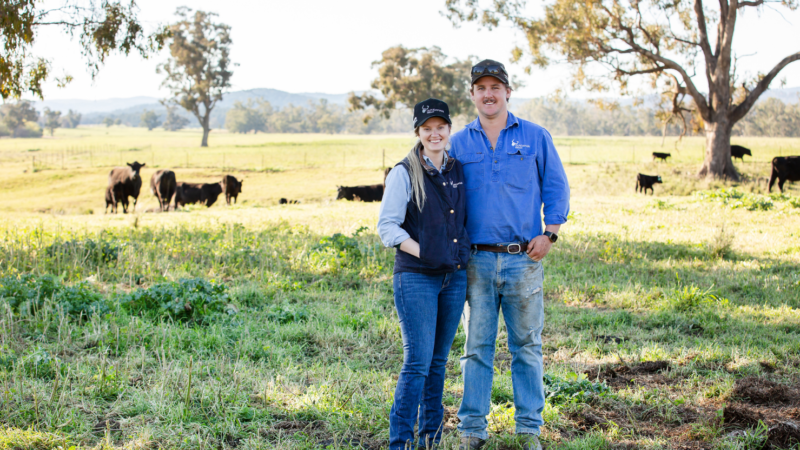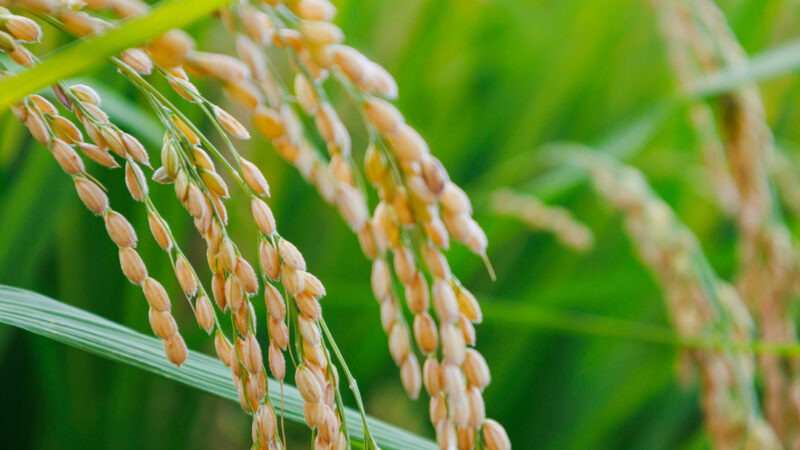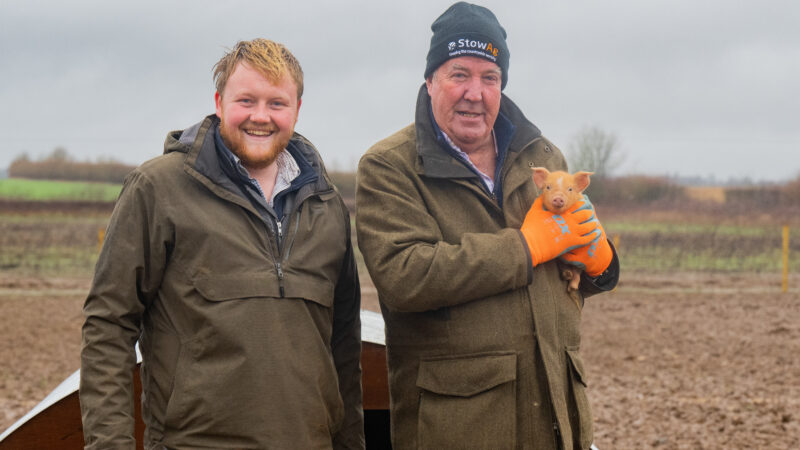Farmer Wants a Wife auditions are back.
Drones and farmers � from then until now
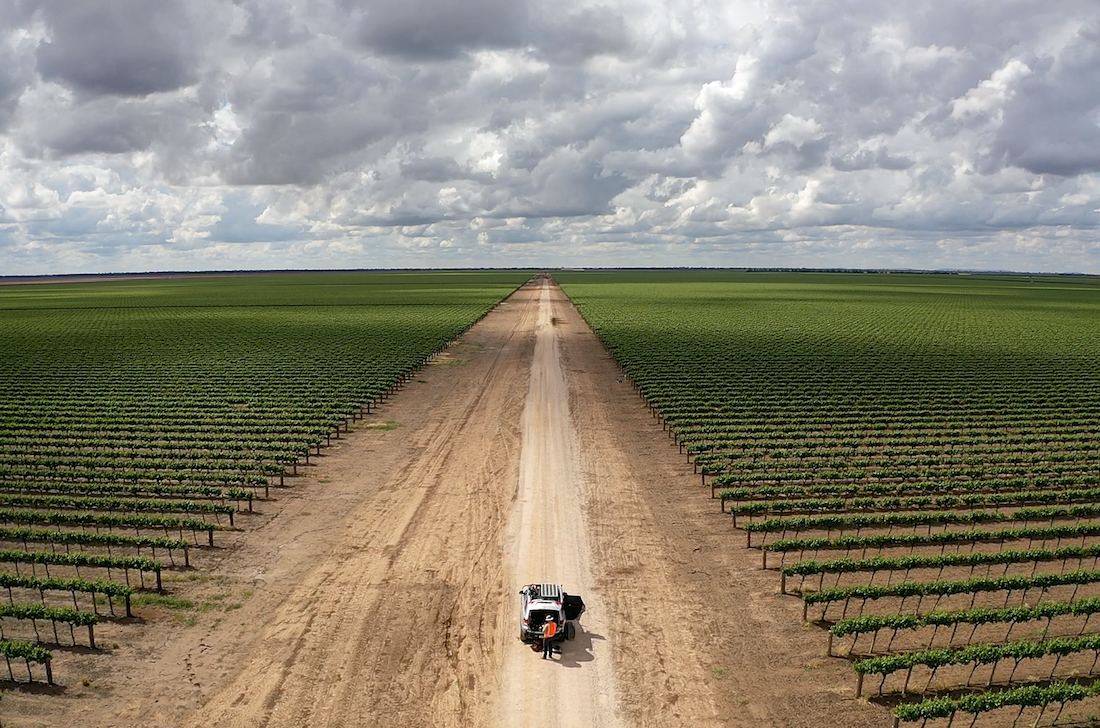
It began with a bang.
Sadly the birth of many new technologies comes from conflict, war or military arms races.
The first recorded use of drones was in the early 1800s by the Austrians, who used hot air balloons carrying loads of explosives to wreak havoc on their then-enemy � the Venetians. It apparently had marginal success, but gave weapon manufacturers food for thought.

From there the weapons planners in Britain�s Royal Airforce used drones in 1917 during World War I to be aerial targets to hone the skills of the budding air aces, and developed a drone as a �flying torpedo�. They had developed a radio controlled plane which could be stuffed with explosives and guided into enemy camps.
In World War II all sides used drones for surveillance and weapons delivery and guidance systems for more accurate bombing were being developed. People living in London during the war would not quickly forget the German V1 and V2 flying bomb, a guided jet powered drone which caused massive destruction in London and other English cities.
In the Vietnam War drones were used on a large scale to deliver weapons, and so it goes.
Drones in recent times
As we have seen over recent years, the military weapon makers have become even more serious, and jet-powered drones can now fly across countries to deliver a lethal payload on people and places with pinpoint accuracy.
A few entrepreneurs also saw a commercial application for the technology and drones began to be used by cartographers, town planners, developers and government�agencies.�
Over the past 25 years drones have been developed with onboard cameras and computing equipment which allows users to film and access land, buildings and scope out entire regions.
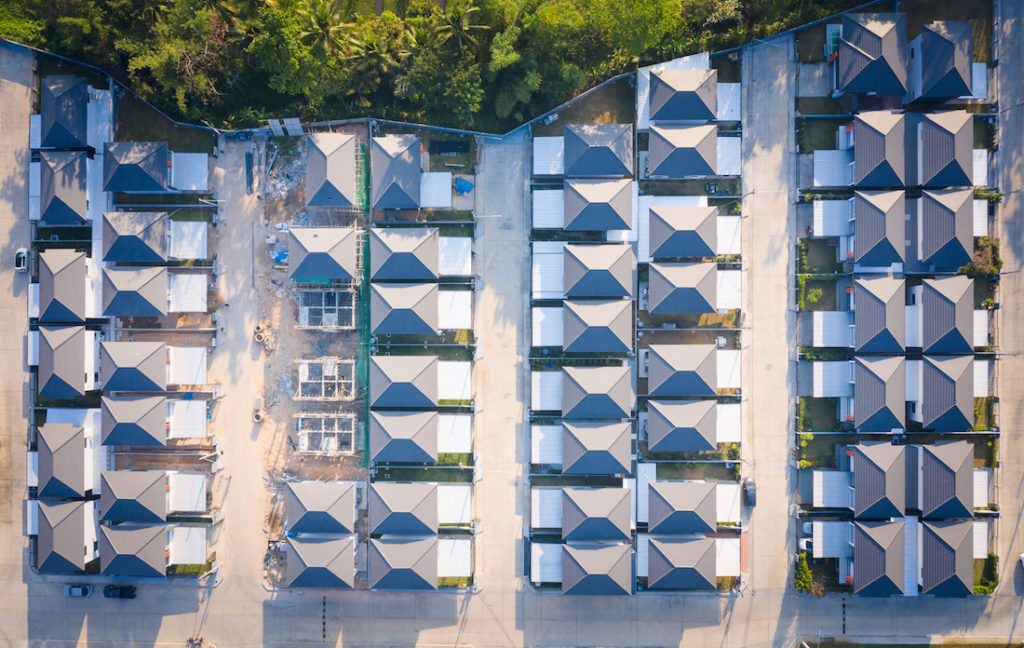
The development of remote control systems to be used by the amateur with little or no training in flight has now put these machines in the hands of anyone with the money to pay for one.
Small battery powered drones could initially fly for 10 to 15 minutes and take still photography which could be bought back to the user for analysis. These evolved into systems which can stay in flight for several hours, take video and record data which can be controlled from a console on the ground.
In some parts of the world, drones are using specialised sensors to spot bomb-making materials and this technology can also create real-time surveillance of a small town.
The military and drug enforcement police use drones fitted with hyperspacial and multi-spectral laser technology which allows them to detect hidden drug and weapons caches. While a lot of that technology is still top secret the inevitable has occurred and some of it has been adapted in the agricultural sector.
Connecting these drones with growing onboard sophistication to computers and Artificial Intelligence (AI) systems allows users to gain a massive amount of information.
This is where farmers come in…
Drones and farmers today
Drones now have batteries allowing them to stay aloft for much longer periods and many are waterproof and can land and float on water. They feature high resolution cameras and they are often connected to highly sophisticated computer technology.
They have also moved a long way from the fun machines that model aeroplane users flew down at the local park on a weekend. They�re used in military surveillance and in offensive action, police use them to go where they can�t go to help look for people and at events they�re used in rescues. They were also used in the recent bush fires where they could go forward and spot outbreaks ahead of the firefighters.
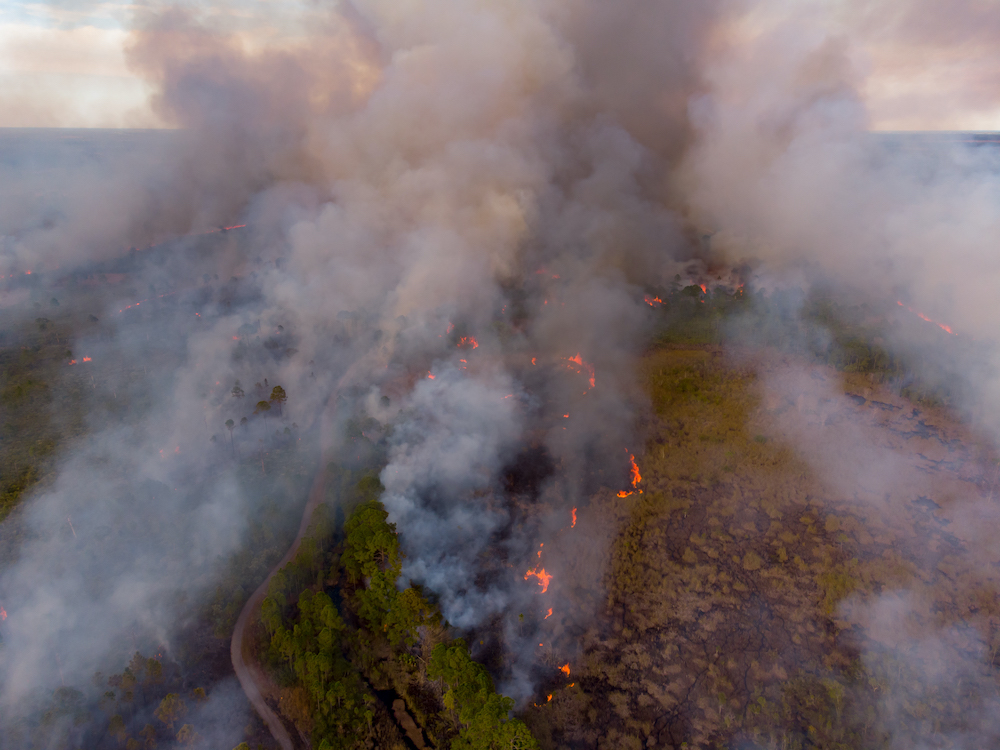
They have also become a useful tool for farmers, and in many cases they are as much a part of the farmer�s tool box as the tractor.
Sales of drones have increased rapidly at the lower end of the market from $500 to $2,000 but in those cases the users are most often only gaining video footage. The more serious drones with on-board computer analytics technology can cost a great deal more and usually require people with special skills to decipher the information.
A number of specialist drone companies have set up through NSW to provide consulting services to farmers from broadacre through to much smaller holdings such as boutique wine growers and organic farmers. The price tag for one off consulting services is now well within the budget for most farming�operations.
The fact is that the information gained from the drones whether it be simply video footage or high level weed, soil, land and yield management is well worth the price.
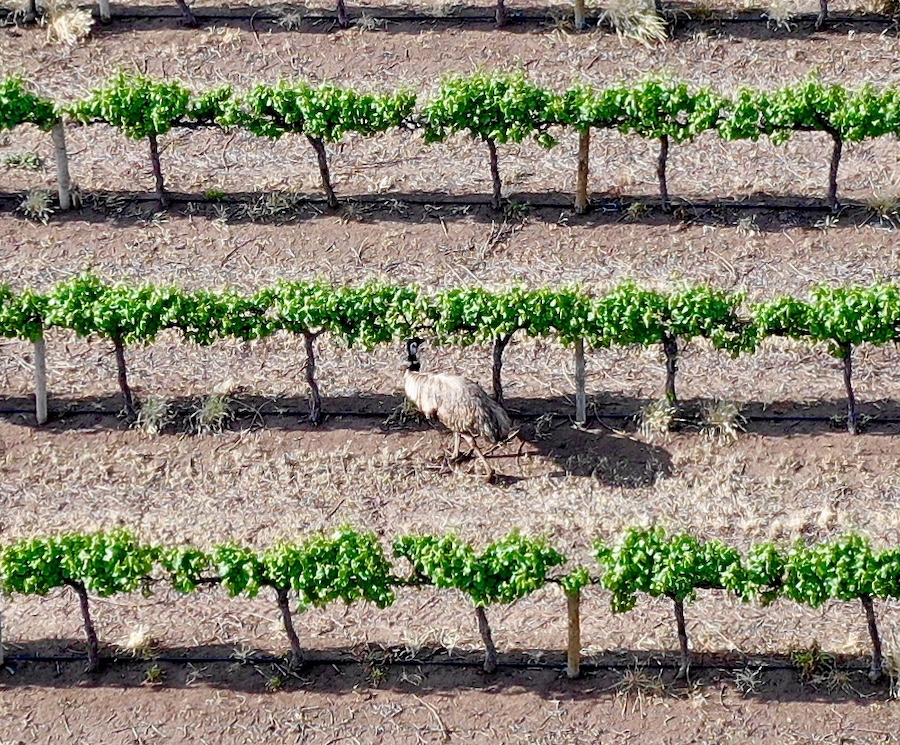
From the army to farming
Tristan Steventon saw how drones operated during his time in the Army. He saw the technology that was used in warfare and recognised that it could have great benefits when used in a passive form for farmers. He knew that drones and farmers were a great mix.
Having grown up in the Central West of New South Wales, Tristan knew many of the challenges farmers faced in producing a competitive agricultural product. So when he finished his tour of duty he decided to put that military drone knowledge to use for the benefit of industry, predominantly farmers.�
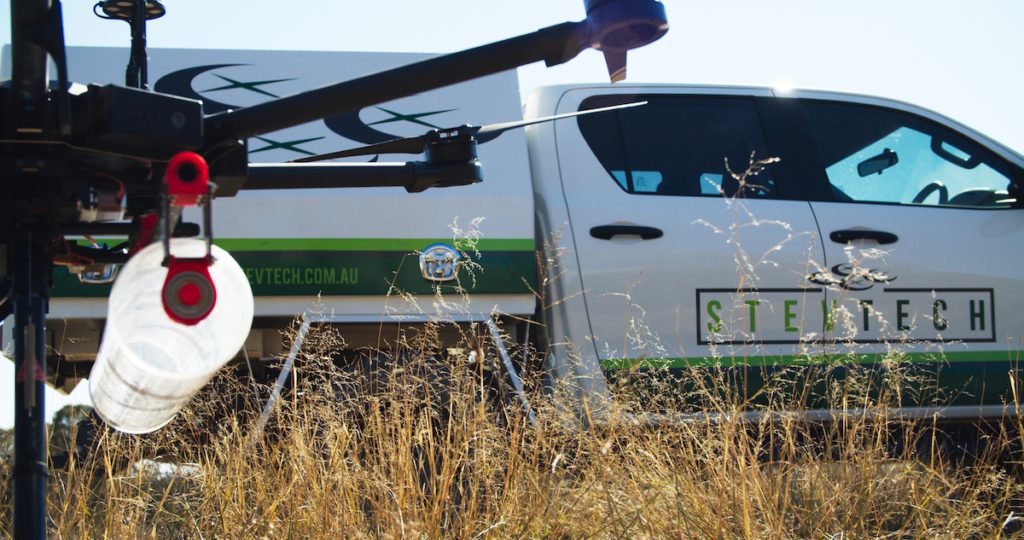
Tristan�s Company StevTech, provides consulting services to farmers, offering them contract drone use for specific tasks or the sale of a drone to allow the farmer to undertake the work themselves.
The drone system allows the analyst or farmer to look at the property in detail, identifying weed growth allowing for remedial action on a very localised level.
�That helps the farmer to make better planting and replanting decisions,� he says.
The farmer can do spot checks for weeds Tristan explains, and then deal with them on a case by case, area-by-area basis. This means that there is substantially reduced spraying required saving the farmer a great deal of money but also limiting potential damage to the land from over use of sprays.
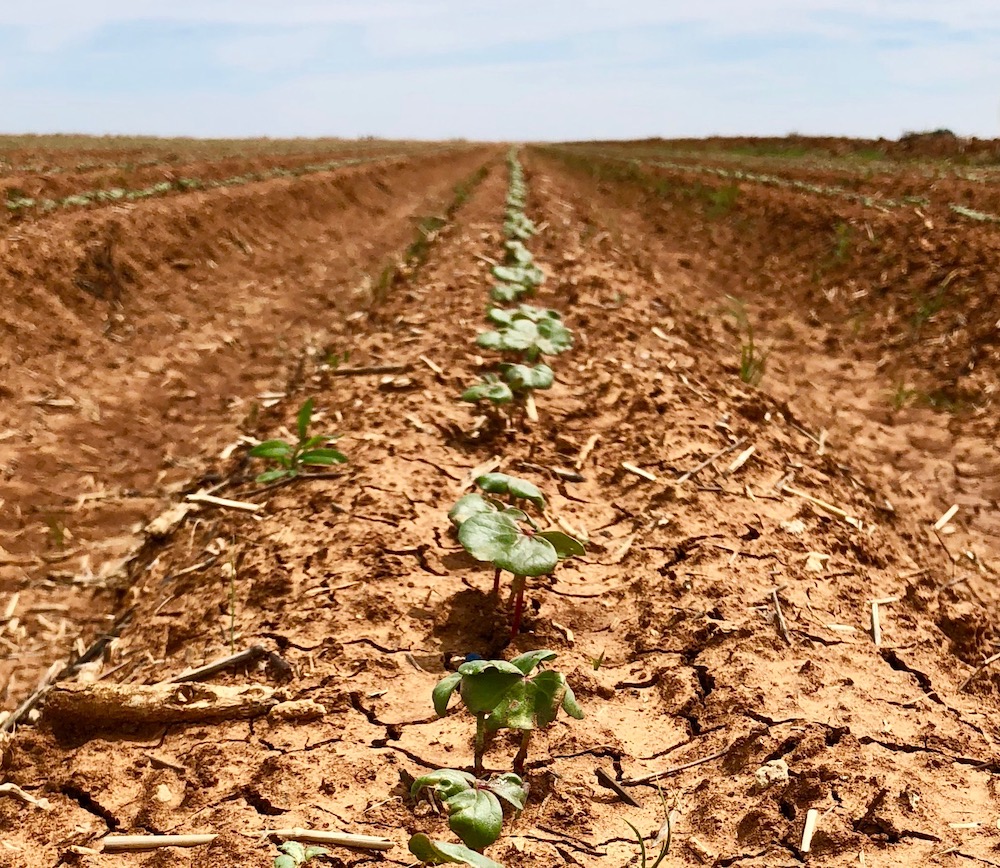
With high resolution cameras and applying the onboard technology, the drone operator is able to accurately identify weed types quickly. �We have made a practice of scanning the globe for the best technology available, and the best software,� Tristan says.
He admits that while there is increasing interest in drones, it tends to be the early adopters who are reaping the benefits of this new technology. However, he says there is a steady increase in the number of people using the technology and as new applications and analytical tools are added to the drone�s armoury, the interest will continue to rise.
Drone training for farmers
Ben Watts delivers regional training courses for drone users in conjunction with NSW Farmers and Tocal College, and he says that interest in drones from farmers has never been so high.
He should know, as over the past two years, Ben�s company Bralca � located near the Central West town of Molong � has worked with manufacturers of specific drones to develop specialised training. The aim has been to help farmers better understand the uses and benefits of drones.
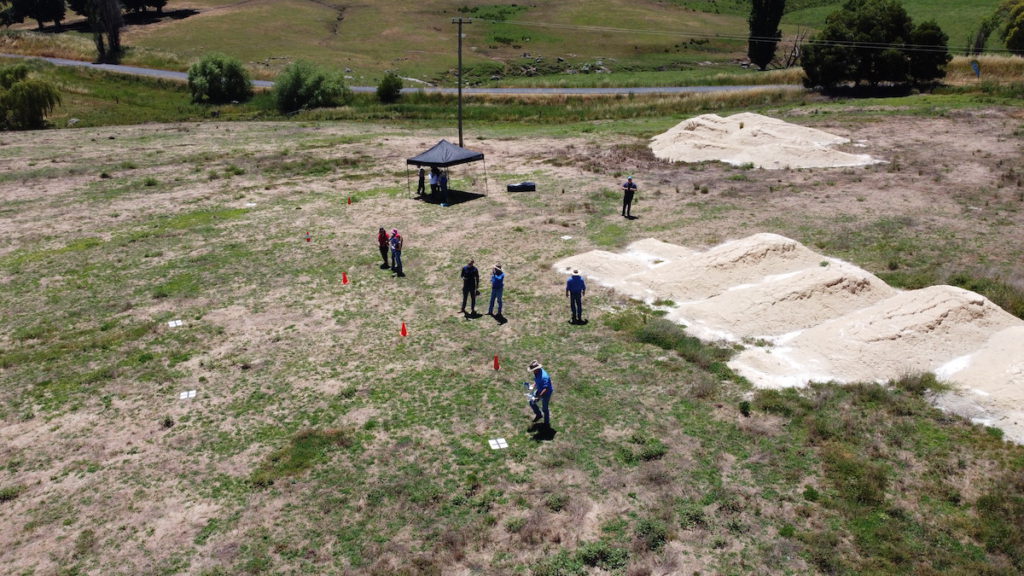
He says demand is high among the rural community and whenever a course is advertised, it is over-subscribed within days. �Many people do the training to find out about drones,� he says. �Some people decide it�s not for them, others have bought a drone 12 months ago and need training. It is not unusual to meet a farmer who uses a drone to check the stock.�
Ben says that farmers of all backgrounds are showing interest in drone technology. He points out that some want to use the drone to check stock on a property so they don�t have to drive over the land and impact the soil. Others on broadacre properties need the full spectrum of on board drone resources not only to check crops and stock but also to identify problems with soil, weeds and plant health so they can quickly do something about it.
He admits that flying a drone is not always as easy as it looks.
�The best way is to get a young relative to help,� Ben jokingly suggests. On the serious side, knowing how to operate a drone safely and understanding the rules that the drone pilot must abide by, is vital.
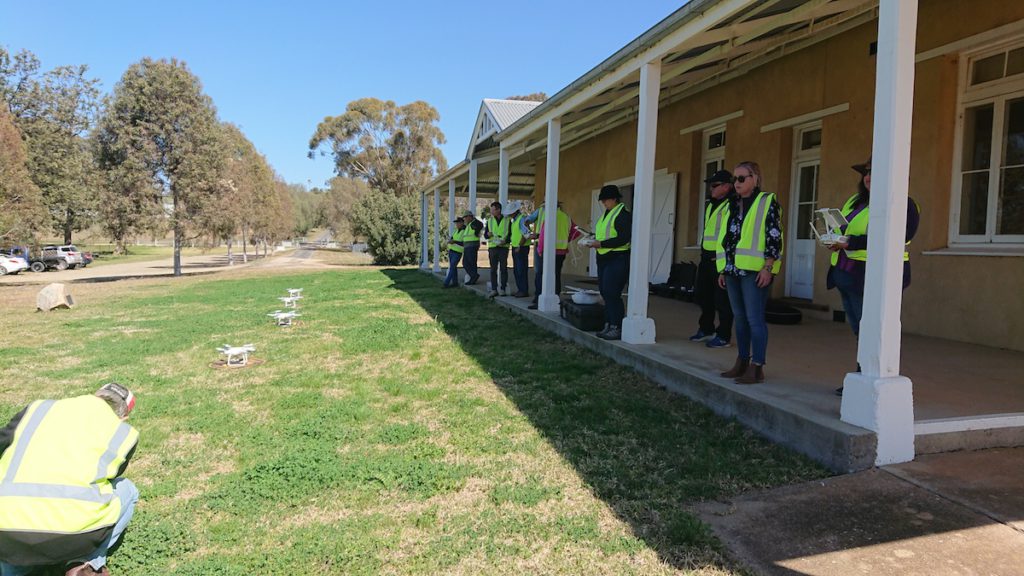
The Civil Aviation Safety Authority (CASA) website provides the rules and regulations relating to the use of drones and the obligations of the person flying the�drone.
In deciding which drone to buy, Ben admits that the choice is broad and often complex.
�If you choose a drone below $600 it is most likely a hobby-type drone and probably not too good for the complex job required. A top class drone for farm work could easily cost from between $3000 and $6000.�
Ben says that aspiring drone owners can look for advice from the NSW Farmers� website which provides some guidance on types of available machines.
CASA Rules: the dos and don’ts of using drones
� Only fly one drone at a time
� Always fly your drone within visual line-of-sight
� Only fly your drone during daylight hours
� Avoid flying in cloud, fog or heavy rain � you should be able to see your drone with your own eyes at all times � not by using binoculars or watching a video screen
� Do not fly your drone behind trees, buildings or anything else that stops you seeing your drone at all times.
� Do not fly your drone higher than 120 metres above ground level � that’s about the height of a 35-storey building or length of a football field.�
� Do not fly a drone closer than 30 metres to people � other than those helping to fly or navigate your drone over or above�
� Do not fly a drone closer than 5.5 km to a controlled aerodrome or airfield � usually those with a control�tower
If you fly a drone, or remotely piloted aircraft (RPA), for business or as part of your job, you must get an RPA operator accreditation to fly it by 28 January 2021.
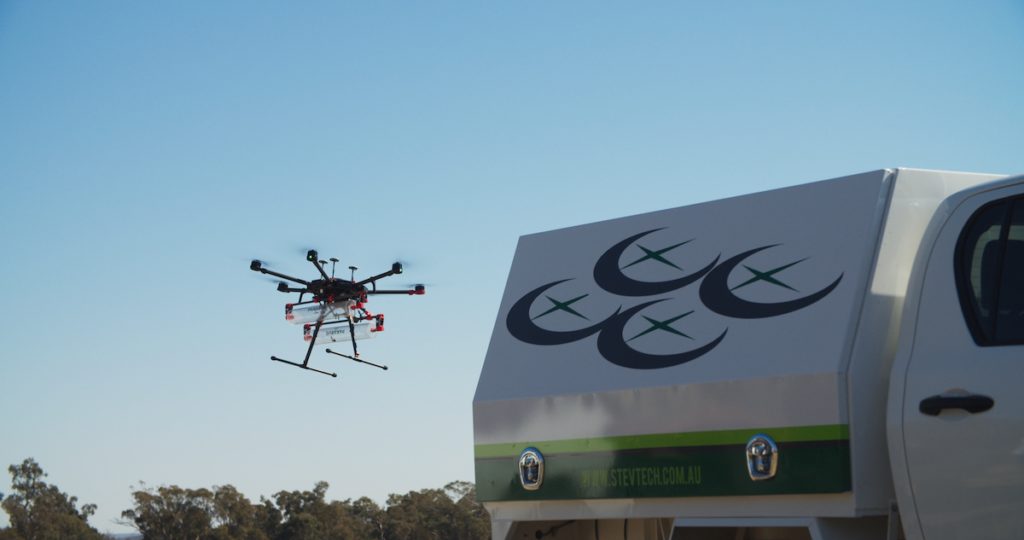
Safework NSW rebate for drones
Farmers may be eligible for $500 rebate from Safework NSW for the purchase of an eligible drone.�
The drone rebate joined the Quad Bike Safety Improvement Program (QBSI Program) in February 2019. The QBSI Program has recently received an extra $2.2 million dollars in farm safety funding from the State Government.
NSW Farmers lobbied for the inclusion of drones in the QBSI Program after hosting a series of drone training sessions for farmers that identified the safety benefits of this flying farm management tool.
To be eligible for a drone rebate you must already own an agricultural quad bike or side-by-side vehicle, attend an eligible safety interaction before purchase, and meet the other terms and conditions of the Quad Bike Safety Improvement Program.
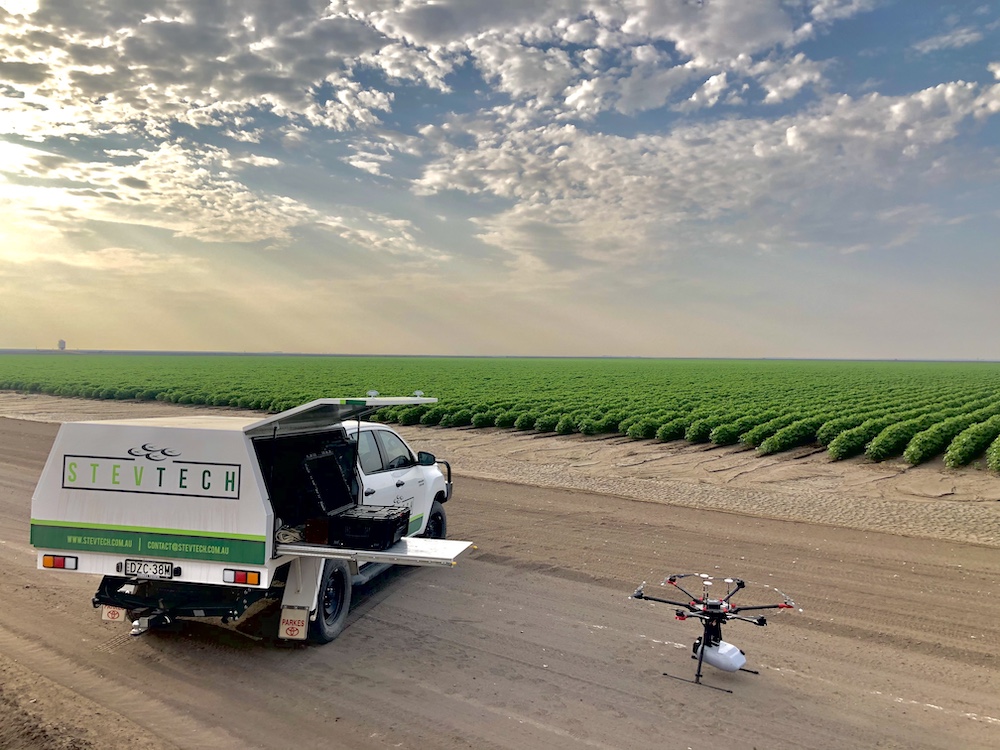
If you enjoyed this feature on drones and farmers, you might like our story on farm robots.


